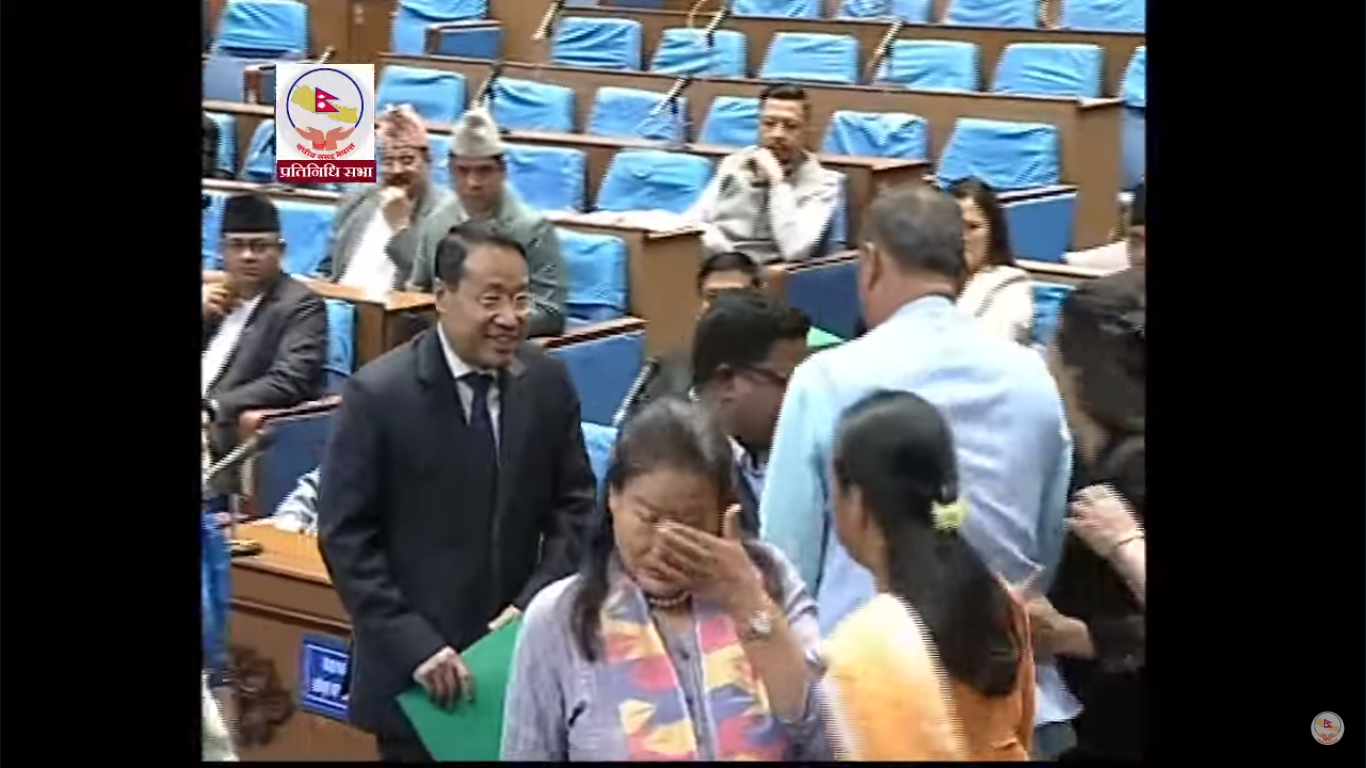Kathmandu: Amidst political disruptions from the main opposition party, Nepali Congress, Finance Minister Barsha Man Pun presented the Economic Survey for the fiscal year 2023/24 AD and the Annual Review of Public Enterprise 2081 BS during a parliamentary session, offering crucial insights into Nepal’s economic landscape.
Minister Pun unveiled a forecast of a 3.9 percent economic growth rate for the current fiscal year 2023/24, amidst a backdrop of challenges and opportunities. Despite contractions in certain sectors like productivity, industry, and construction, the growth forecast is buoyed by expected expansions in agriculture and services sectors, particularly in Gandaki, Bagmati, and Lumbini provinces.
Noteworthy highlights from Minister Pun’s presentation include projections of a 3.8 percent rise in total investment, with Per Capita Income (PCI) anticipated to reach $1,456. Additionally, inflation stood at 6.08 percent as of mid-March in the current fiscal year, while revenue collection witnessed a commendable increase of 6.9 percent during the same period.
The fiscal overview also shed light on the nation’s debt dynamics, with the total public debt reaching Rs 2.38826 trillion until mid-March, comprising 49.6 percent domestic debt and 50.4 percent external debt. Minister Pun highlighted the gradual improvements in the financial sector, citing adequate liquidity in the banking system and decreasing loan and deposit interest rates.
Provinces and local levels received substantial financial allocations, including Rs 397.26 billion from fiscal transfers from the federal level and Rs 120.26 billion through revenue allocation. Moreover, with the expansion of the banking network and the promotion of financial literacy, the financial sector witnessed notable progress, resulting in increased electronic transactions.
Minister Pun emphasized that the Economic Survey provides a comprehensive analysis of economic, social, and governance aspects at federal, provincial, and local levels, shedding light on developments from the last fiscal year and up to eight months into the current fiscal year.
